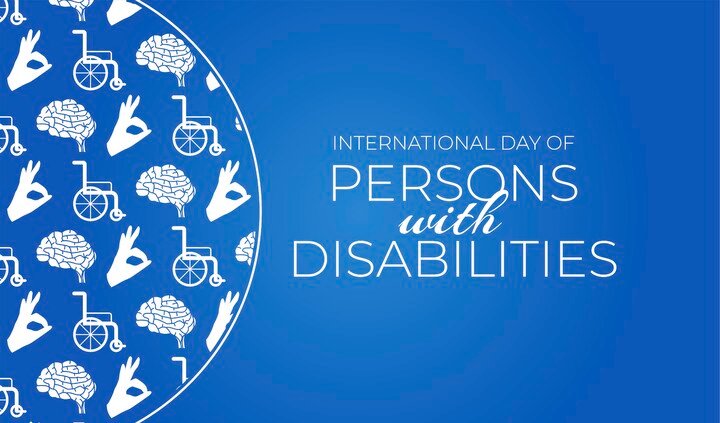December 3rd, 2022, is International Day of Persons with Disabilities.
“Marty” finally has her shot. An accountant extraordinaire, Marty continues to display her leadership chops as she rises through the corporate structure of a Midwestern manufacturing juggernaut. A few weeks ago, Marty received the nod to take on a vacant VP slot in her company with direct oversight of the back offices that manage corporate accounting and customer experiences. Did I mention that Marty is a person with paraplegia who thrives 15 years after a devastating car accident?
When hearing stories like Marty’s, Teddy Kennedy, Jr., the board chair of the American Association of People with Disabilities, celebrates the progress toward more significant inclusion in the corporate space. “Persons with disabilities present business and industry with unique opportunities in labor-force diversity and corporate culture,” Kennedy notes, “and they’re a large consumer market eager to know which businesses authentically support their goals and dreams.” Kennedy believes that the leading players in the corporate space “are accelerating disability inclusion as the next frontier of corporate social responsibility and mission-driven investing.” More about investment in a bit.
The Numbers
While we all love exceptional stories about inclusion in the workplace, a leader’s quest to create a safe, diverse, and equitable work environment must rely on the data, not the anecdotes. Every year, the American Association of People with Disabilities (AAPD) and Disability: IN, a global business disability inclusion network, partner with my colleagues at Accenture to research and produce the Disability Quality Index. Indeed, 69 Fortune 100 companies are among the 400 companies that share their local data to create the DQI composite. This year’s data shows that 126 companies have a senior-level executive “internally known as being a person with a disability.” Six percent of respondents identified a person with a disability serving on the corporate board. A year-to-year comparison of the numbers shows that trend lines are moving in the right direction. While it’s appropriate to celebrate the positive momentum – especially when the Marty’s of the world finally get their crack at the top spots – there’s still plenty of work to do.
The Why
Disability inclusion should be – must be – a vital component of all organizations’ ESG criteria because people are watching, and, more importantly, it’s, quite simply, the right thing to do. The team at Accenture points out that disability inclusion in ESG increases the value of companies, enhances returns to stakeholders, and closes the inequality gaps in the workplace that capable persons with a disability like Marty have confronted for far too long. With more and more investors and potential employees asking for data about a company’s commitment to inclusive practices, the onus is on those of us in leadership to move the needle on inclusion and provide the kind of data that offers a transparent look at what we’re accomplishing or failing to accomplish. To date, 115 CEOs have signed Disability: IN’s CEO Letter on Disability Inclusion, which calls upon all Fortune 1000 companies to make data-substantiated progress in disability inclusion. For the Marty’s of the world, that number must be 1000.
Walking the Talk
Walgreens, a former client of mine, is the first in the S&P 500 to include disability representation as a separate, standalone metric within a disclosed incentive plan.
“We are very proud of our pioneering leadership in disability inclusion,” said Holly May, executive vice president, and global chief human resources officer of Walgreens Boots Alliance. “By increasing our representation of people with disabilities, we are continuing to unlock a critical talent pipeline, providing sustainable work to this underrepresented community, and as such, helping to address several social determinants of health, including economic instability, social isolation, and unemployment.”



